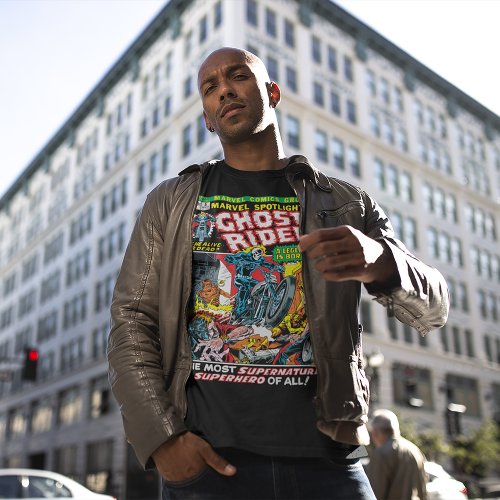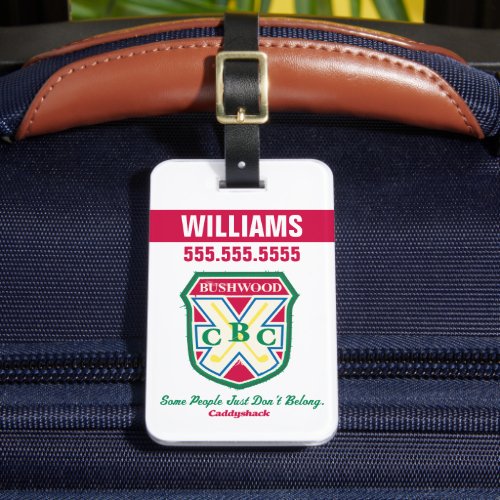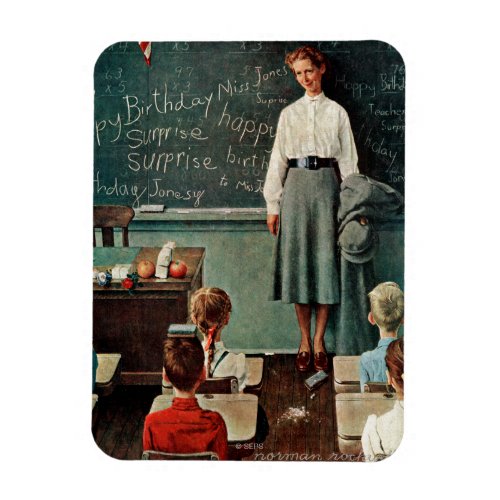I have just received a press release that says Madonna will be making a surprise trip to the United State to host a special screening of her upcoming family film by directed by Luc Besson, Arthur and the Invisibles, this Thursday afternoon at the Tribeca Cinemas for students of two charter schools in New York City that are supported by the Robin Hood Foundation, KIPP and Achievement First. Madonna co-stars in the larger-than-life, family adventure alongside Robert De Niro, Jimmy Fallon, David Bowie, Mia Farrow, Freddie Highmore, Emilio Estevez and Snoop Dogg. Using a dazzling new combination of live-action and ground-breaking CGI technology, Arthur and the Invisibles hits theaters nationwide this Friday, January 12, 2007.
From filmmaker Luc Besson (La Femme Nikita, The Fifth Element) comes a larger-than-life, family adventure about a boy who, after his grandfather disappears, sets out to save his family home from emerging real estate developers. Arthur learns that he must follow his grandfather’s ancient clues to a vast treasure – and unlock the passageway to a spectacular new world filled with mysterious little people, so tiny they are considered invisible, and enlist their help. But once in the magical land, Arthur must join swords with a beautiful princess and a reckless army of defenders to save the land from the evil wizard. It seems like an impossible task, but as he discovers along the way, sometimes the smallest heroes can make the biggest difference. Arthur and the Invisibles was written and directed by Luc Besson and is based on the best selling children’s book, Arthur and the Minimoys. Arthur and the Invisibles is an MGM release of a Weinstein Company and Europacorp presentation of a Europacorp production in co-production with Avalanche Productions and Apipoulaï Prod.
About Robin Hood
Robin Hood fights poverty in New York City by finding, funding and partnering with over 200 of the most effective programs and schools in the city’s poorest neighborhoods, and then providing management assistance and support services to make them even stronger. In 2006, Robin Hood invested more than $76 million in core programs and schools, and committed $66 million to capital projects to help poverty-stricken New Yorkers build better lives for themselves and their families.
Robin Hood holds steadfast to a single mission: fight poverty in New York City. We believe in reducing poverty for today’s generation and preventing poverty for generations to come. Our money supports programs and initiatives that transform the lives and change the fates of those who battle educational failure, joblessness, teen pregnancy, abuse, AIDS, hunger and homelessness.
KIPP (KNOWLEDGE IS POWER PROGRAM)
In 1994, Teach for America alumni David Levin and Michael Feinberg founded the first KIPP school in Houston. Levin established KIPP Academy in the Bronx the following year. The network now has 52 schools nationwide, and they all employ an identical approach, including an uncompromising attitude toward excellence in teaching and student performance, strong leadership and a rigorous curriculum. Another trait they share: an extended school day and school year, which add up 50 percent more learning time than students would have in traditional public schools.
There are four KIPP middle-schools in New York City: KIPP Academy in the South Bronx, KIPP Star in Harlem, KIPP AMP in Crown Heights, Brooklyn and KIPP Infinity in Washington Heights. They are all remarkable. KIPP Academy, for instance, has been the highest performing middle school in the Bronx for the last decade. In 2006, 73 percent of KIPP Academy students performed on grade level in reading, compared with 23 percent of students in the surrounding district. In math, the numbers were even more impressive, with 91 percent of students performing on grade level – 65 percentage points above neighborhood averages.
KIPP also runs one of the finest principal-training programs in the country, as well as a college access program (KIPP to College) that works with KIPP students after they graduate middle school (while enrolled in high school) to prepare them for entering college. KIPP students regularly attend high-quality boarding, private and parochial schools for high school. The first set of KIPP students are now in college and are distinguishing themselves there as well.
According to Levin, “Robin Hood has been with us from the beginning. When no one else believed, they believed and they have been with us ever sense. They have been a true partner in our work, helping us in ways the go far beyond just the financial support. Most impressively, they take a genuine interest in each and every kid and are always available to help whenever a child is in need.”
ACHIEVEMENT FIRST
New Haven’s Amistad Academy was created in 1999 by a group of Yale law graduates, including Dacia Toll. Former U.S. Secretary of Education Rod Paige has called Amistad “quite possibly the nation’s best charter school.” With Superintendent Doug McCurry, Ms. Toll now leads Achievement First, the network that emerged from that successful model, which runs public charter schools in New York in addition to its five academies in New Haven. The New York City schools teach about 900 students.
Toll says, “Schools Chancellor Joel Klein has made NYC an exciting place to be a school reformer. Under his leadership, we are thrilled to be creating opportunities for students and families in central Brooklyn.” Amistad students regularly outperform their peers in the more affluent communities of Connecticut. Achievement First brings the same successful methods to communities in central Brooklyn. Its five NYC schools, all opened in 2005 and 2006, employ innovative, impressively rigorous assessment tools that diagnose student problems and allow teachers to identify pedagogical remedies one student at a time. The results are clear. The Achievement First Crown Heights middle school began with 5 percent of its students on grade level. Within one year, that number jumped 41 percentage points so that 46 percent of fifth graders were on grade level. Why the success? For starters, teachers at the middle school recorded a 100 percent attendance rate for the entire first year. Not one teacher missed a day of school. Combine that level of teacher commitment with a “cool to be smart” school culture and great instruction, and you have a recipe for student success.





















![The State Theatre Downtown Los Angeles (1963) Boris Karloff Corridors of Blood Marquee [221010-21]](https://www.filmfetish.com/img/p/2022/11/221010-21-state-theater-11x85-web-170x170.jpg)
![Actress Robin Sherwood Photo [221010-1]](https://www.filmfetish.com/img/p/2022/10/221010-1-robin-sherwood-13x19-web-170x170.jpg)

![Vintage Downtown Las Vegas Strip (1965) Photo Print [210907-0035]](https://www.filmfetish.com/img/p/2021/11/210907-0035-las-vegas-11x85-web-170x170.jpg)















































![Entertainment Weekly Magazine (June 4, 2004) Jake Gyllenhaal [D92]](https://www.filmfetish.com/img/p/2021/09/entertainment-weekly-comic-d92-01-170x170.jpg)

![Esquire Magazine (December 1991) Madonna, Sting, Arnold Schwarzenneger [9173]](https://www.filmfetish.com/img/p/2021/11/esquire-magazine-9173-01-170x170.jpg)

![Entertainment Weekly Magazine (Apr 18, 2008) Tina Fey, Charlton Heston [D74]](https://www.filmfetish.com/img/p/2021/09/entertainment-weekly-magazine-d74-01-170x170.jpg)

